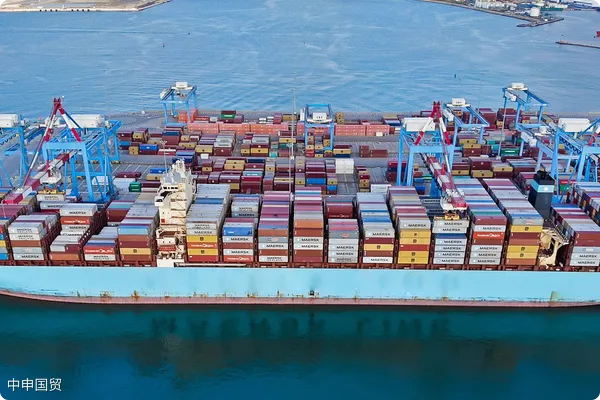- Shanghai Zhongshen International Trade Co., Ltd. - Two decades of trade agency expertise.
- Service Hotline: 139 1787 2118

Contents
ToggleImport RepresentationThe Essential Composition of Fees
Equipment ImportsAgency fees are not merely simple service pricing, but rather a composite charging system that integrates professional expertise and risk management. According to the latest industry research data for 2025, the fee structure of standardized agency firms typically includes:
- Basic service module
- Customs clearance document preparation (accounting for 18%-22%)
- HS Code Classification Service (9%-12%)
- Port logistics coordination (15%-18%)
- Risk Protection Module
- Port risk reserve (5%-8%)
- Compliance review costs (10%-15%)
- Interest on Tariff Deposit (3%-5%)
New Trends in Pricing Models for 2025
In the field of equipment import agency, the pricing models of service providers have shown significant differentiation:
- Step-based composite pricing: For orders below $50,000, an 8%-10% agency fee will be charged, with the portion exceeding this amount decreasing at a rate of 5%-7%.
- Risk hedging model: The base rate has been reduced to 4%, but companies are required to bear 30% of the risk of customs clearance delays.
- All-inclusive service package: Includes value-added services such as AEO certification guidance and technical document translation, with an overall premium of 15%-20%.
Four-Dimensional Bargaining Strategy Model
Based on the "Customs Clearance Management Measures for Imported Equipment" revised by the General Administration of Customs in 2025, it is recommended that enterprises optimize agency costs from the following dimensions:
- Optimization of equipment parameters: Preparing technical parameter sheets in both Chinese and English in advance can reduce classification service fees by 4%-7%.
- Restructuring of Logistics Terms: Adopting DDP terms can save 12%-15% of port demurrage risk fees.
- Batch Import Negotiation:For shipments with a single batch value exceeding $2 million, the second-tier preferential rate can be negotiated.
- Compliance pre-management: Equipment that has completed CE/FCC certification can receive a 50% reduction in compliance review fees.
Guidelines for Identifying Hidden Costs
Professional agencies should explicitly indicate the three major hidden cost points in the contract:
- Document Anomaly Handling Fee: Each rectification document typically costs between $80-$150.
- Customs inspection surcharges: The unpacking inspection service fee for electromechanical equipment is approximately $400-800 per instance.
- Exchange rate fluctuation compensation: If the fluctuation exceeds the agreed range in the contract, an additional payment of 0.5%-1.2% is required.
Golden Rules for Vendor Selection
When selecting a proxy service provider, there are three core competencies that need to be verified:
- Accuracy rate of electromechanical product classification: Request for data on the success rate of classification reconsideration in the past two years.
- Special channel access rights: Confirm whether the qualification for expedited customs clearance of major technical equipment is available.
- Customs Duty Dispute Resolution System: Verify the configuration of the professional customs lawyer team.
Related Recommendations
? 2025. All Rights Reserved. Shanghai ICP No. 2023007705-2  PSB Record: Shanghai No.31011502009912
PSB Record: Shanghai No.31011502009912










